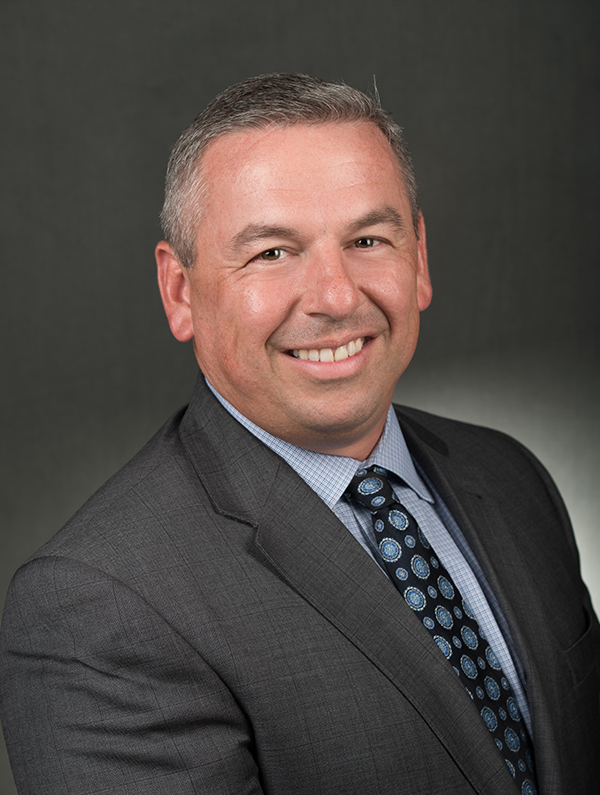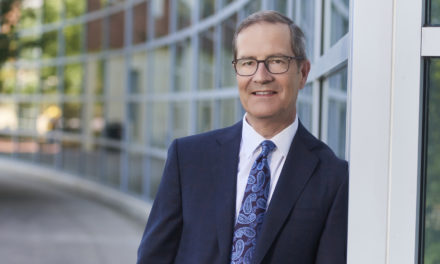Better Business Podcast EPISODE 10
Climate Change and Commercial Real Estate
Guests: Eva Steiner, associate professor of real estate and the King Family Early
Career Professor, and Jason Borrelli, principal, EQT Exeter, formerly Exeter Property Group
From investors to business owners to those tasked with expanding their company, everyone in commercial real estate is now feeling the early effects of climate change. Just how deep will the financial toll of climate change be, and should regulation be used to improve affordability and sustainability?
Eva Steiner, professor of real estate and the King Family Early Career Professor, has been studying whether climate-related threats to a company’s real estate assets, such as flooding, hurricanes, and wildfires, are being taken into consideration in their valuations. So far, there’s no clear trend. But, she says, that may change as the risks continue to accumulate and grow in frequency.
EQT Exeter, formerly the Exeter Property Group, is “delivering sustainable and future-proofed real estate solutions,” says Jason Borrelli, principal of EQT Exeter. “We’ve incorporated climate risk assessments specifically into our acquisition due diligence. Consultants that we hire evaluate any environmental issues that may have impacted the building over its history.”
Borrelli says his company also develops a forecast of potential climate threats for a property, which informs a budget that’s dedicated to preparing for those short- and long-term risks.
In some parts of the world, the government has put new regulations in place to ensure a building on the market is compliant with the region’s evolving environmental structural standards.
“In the United Kingdom, you’re legally permitted to sell a building only once it complies with a certain minimum environmental standard, effectively forcing owners, at some point, to make all the required upgrades to the building to comply with those standards,” Steiner says.
While this may seem like a savvy way to maintain a certain level of quality within the country’s commercial real estate inventory, she cautions it could also trigger the opposite effect.
“The expenses required to make those upgrades may not be worth it for every investor, for every owner, which means that the downside of this policy is that you’re going to end up with a whole bunch of stranded assets that are not worth improving and whose condition will just continue to deteriorate,” Steiner says.
In the United States, property insurance has become significantly more expensive in vulnerable regions. In extreme cases, insurers are even refusing coverage.
“When we first put policies in place to cover our assets, we had a $5,000 deductible.
Now it’s up to $100,000,” Borrelli says. “And for major concerns, like hurricanes, earthquakes, and floods, it’s not just $100,000. It becomes a percent of the insured value of the home, usually 5%. So, if you have a $20 million building, that’s a $1 million deductible.
“You have to be aware of these risks, which, granted, are small in the grand scheme of things,” he continues, “but they’re still risks that could make or break the financial performance of a given investment.”






